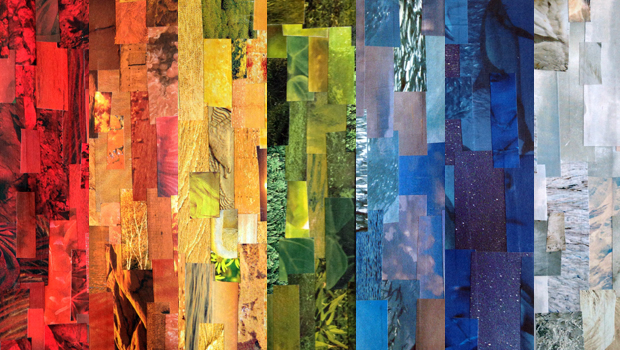I ran across an old email from a friend, who is in a scientific field, ranting about the admonition to “trust in science,” as if it were an actual thing with power, rather than a rational method for taking data into consideration and making new discoveries. She references C.S. Lewis, who said that the “scientific habit of mind” is a truncated one that developed “during the same period men of science were coming to be metaphysically and theologically uneducated.”
My friend takes this meaning from Lewis: “Science is a wonderful discipline to describe what we observe, but many treat science as the actual power that caused the phenomenon it merely describes. Science describes ‘how’ but not ‘why’, and unless the ‘why’ is being contemplated, thought is truncated.” We have, she observes, “a wealth of knowledge and a poverty of wisdom.” Continue reading










